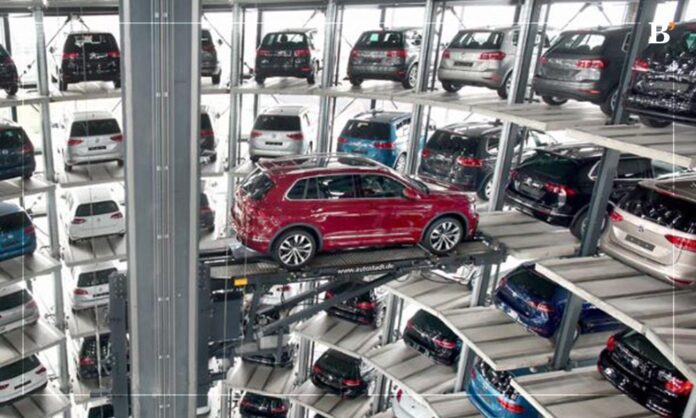Key Highlights
- The field of robotics and computer science has made significant strides in developing automated systems that simplify daily tasks.
- These systems can potentially increase efficiency, reduce congestion, and improve organization in urban areas with high populations.
Researchers Teng Guo and Jingjin Yu from Rutgers University have developed an automated system to increase garage capacity to address rising parking demands in urban areas. The system uses multiple robots and different algorithms and is designed to handle parking and vehicle retrieval operations.
Jingjin Yu was inspired to develop this system when he had to park his car at a garage in New York City, where an attendant had to park and retrieve the vehicles manually. Recognizing the time-consuming and potentially damaging nature of this process, Jingjin suggested to Teng that they design a compact and efficient garage that eliminates these problems.
Key Objective of The Study
The study’s main objective was to develop an automated parking system that is convenient, fast, and efficient. They drew inspiration from various automated garage systems, including a 20-floor parking garage installed in Chongqing, China. Their proposed design could help urban developers meet the rising demand for parking in cities. The study has been pre-published on arXiv and is set to be presented at ICRA 2023.
The system, designed with funding from a National Science Foundation (NSF) CAREER award and an Amazon Research Award, uses mobile trays coordinated by a centralized scheduling algorithm to park and retrieve cars.
The researchers are currently building a prototype using toy vehicles to demonstrate the system’s capabilities before scaling it up. The design allows cars to be parked closely and less vulnerable to theft.
Design of Automated Parking System
Currently, the primary focus of Guo and Yu has been on the general design of their automated parking system and the creation of algorithms necessary to ensure its proper functioning. They are developing a functional prototype to evaluate its potential in a real-world scenario.
Yu mentioned that they are using toy vehicles to build the prototype system and demonstrate its capabilities. Following a successful demonstration, they plan to develop a full-sized model. They welcome inquiries from early investors.




